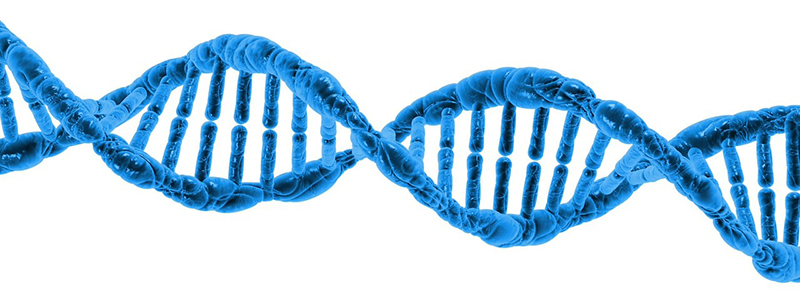A team at the Institut du Cerveau – ICM showed that different mutations of one gene, ALDH18A1, are associated with several types of hereditary spastic paraplegias and different modes of transmission. Moreover, the researchers identified a new blood marker associated with the disease that could be used for diagnosis. These results contribute to a better understanding of the disease and establishing a more precise diagnosis.
Hereditary spastic paraplegias consist of a heterogeneous group of diseases from both a clinical and genetic perspectives. These neurodegenerative disorders affect individuals of all ages. Clinical signs begin progressively and are characterized by severe walking problems that result from a stiffness (spasticity) of the lower limbs. This clinical picture can be complicated by clinical signs that are shared with other neurological disorders such as amyotrophic lateral sclerosis, neuropathies, and cerebellar ataxias.
The group led by Giovanni Stevanin, INSERM/EPHE researcher, within the team of Alexis Brice at the Institut du Cerveau – ICM, has been working for the last several years on studying the genetic and pathophysiological mechanisms implicated in these disorders, and has already identified several genes responsible for these pathologies.
Different modes of transmission exist (autosomal dominant, autosomal recessive, or X-linked), and the clinical signs vary in function of the gene that is affected.
For the first time, researchers at the Institut du Cerveau – ICM recently showed that different mutations of one gene, ALDH18A1, are associated with several modes of transmission and different clinical signs.
This gene was previously known for being implicated in another neurocutaneous syndrome, however seven new mutations were identified in seven different families suffering foremost from spastic paraplegia without skin conditions. For the first time, the researchers showed that the mode of transmission of these mutations might not only be autosomal recessive but also autosomal dominant and may cause different symptoms that are not correlated with the mode of transmission.
The gene ALDH18A1 codes for an enzyme, P5CS, localized within mitochondria, energy centers of cells. Patients with a dominant mutation along the ALDH18A1 gene present all types of abnormal metabolic profiles (at the level of amino acid metabolism).
This work allowed identification of a new blood biomarker associated with the disease (in the case of autosomal dominant transmission) that will allow diagnosis of the disease.
These results contribute to a better understanding of the genetic origin of HSP and of the mechanisms implicated in their development. The results will allow refining the diagnosis of the disease not only at the genetic level but also thanks to the analysis of blood markers in patients.
References:
Coutelier M, Goizet C, Durr A, Habarou F, Morais S, Dionne-Laporte A, Tao F, Konop J, Stoll M, Charles P, Jacoupy M, Matusiak R, Alonso I, Tallaksen C, Mairey M, Kennerson M, Gaussen M, Schule R, Janin M, Morice-Picard F, Durand CM, Depienne C, Calvas P, Coutinho P, Saudubray JM, Rouleau G, Brice A, Nicholson G, Darios F, Loureiro JL, Zuchner S, Ottolenghi C, Mochel F, Stevanin G. Alteration of ornithine metabolism leads to dominant and recessive hereditary spastic paraplegia. Brain 2015, 138:2191-2205
Coutelier M, Mochel F, Saudubray JM, Ottolenghi C, Stevanin G. Reply: ALDH18A1 gene mutations cause dominant spastic paraplegia SPG9: loss of function effect and plausibility of a dominant negative mechanism. Brain 2015, pii: awv248.







